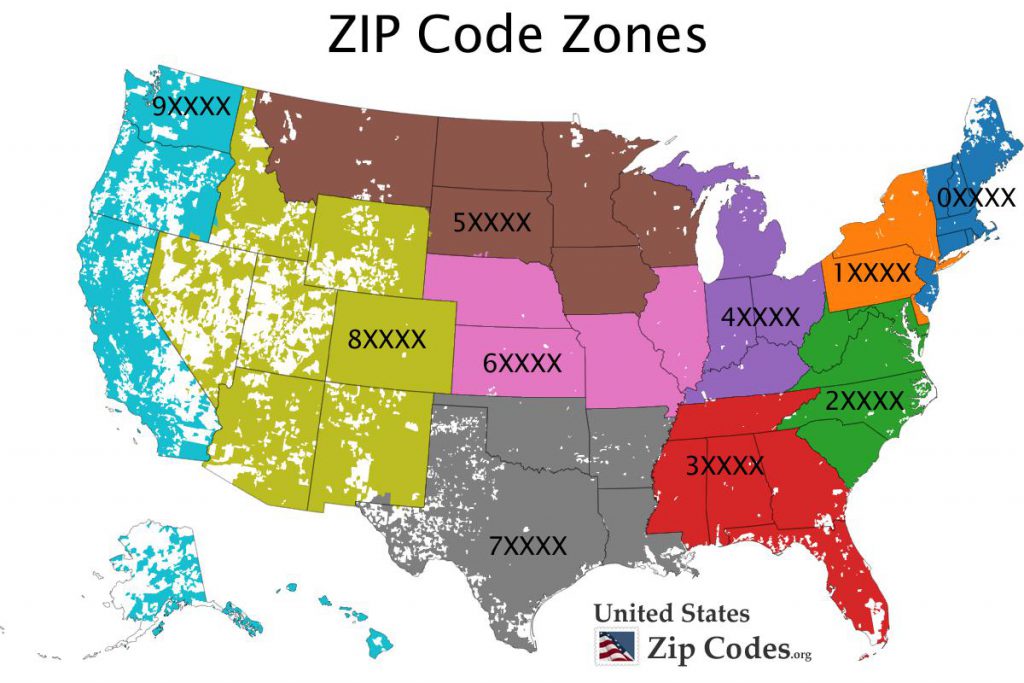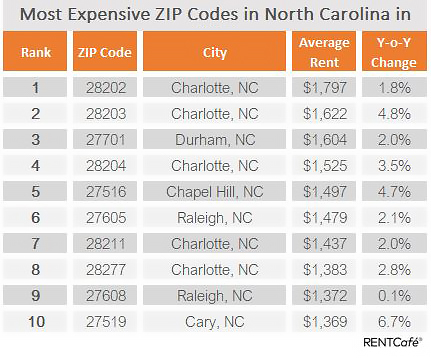

The renaming to Southport did not achieve its goal of making the town a major shipping port. Smithville Township, in which Southport lies, and other local landmarks, such as the cemetery, retain the Smithville name. In an effort to promote the town as a major shipping port, Smithville was renamed Southport in 1887. Smithville was the county seat of Brunswick County from 1808 to 1977. Smithville grew as a fishing village and through supporting military activity. The town was named after Benjamin Smith, a colonel in the Continental Army during the Revolutionary War and later governor of North Carolina.

Joshua Potts had requested the formation of a town adjacent to Fort Johnston, and the North Carolina General Assembly formed a commission of five men to administer its founding. Southport was founded as the town of Smithville in 1792. Southport developed around Fort Johnston. The governor of South Carolina agreed to lend ten small cannons for the fort, and the legislature, in spring 1748, appropriated 2,000 pounds for construction costs, and construction finally began. Further, increasingly bold Spanish privateer raids led the North Carolina General Assembly to authorize the construction of "Johnston's Fort" in April 1745, which would come to be known as Fort Johnston. During the same year, France declared war against Britain, later known as King George's War, increasing the fort's need.

It was determined that the fort should be constructed at a site at the mouth of the Cape Fear River. In response to these attacks, Governor Gabriel Johnston in 1744 appointed a committee to select the best location to construct a fort for the defense of the Cape Fear River region. During the 18th century, British settlements along the Carolina coast lacked fortifications to protect against pirates and privateers, and numerous Spanish attackers exploited this weakness. The Southport area was explored in the 1500s by Spanish explorers.


 0 kommentar(er)
0 kommentar(er)
